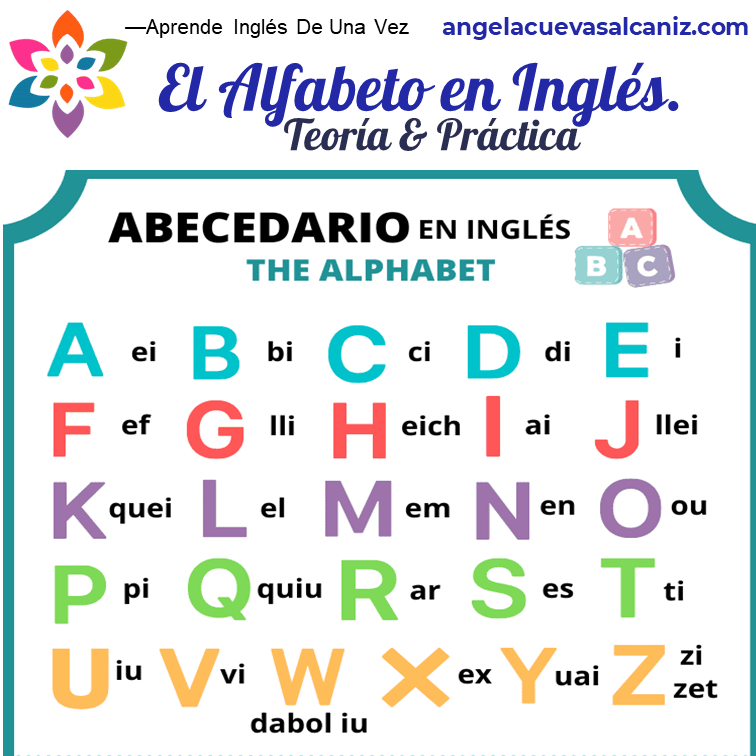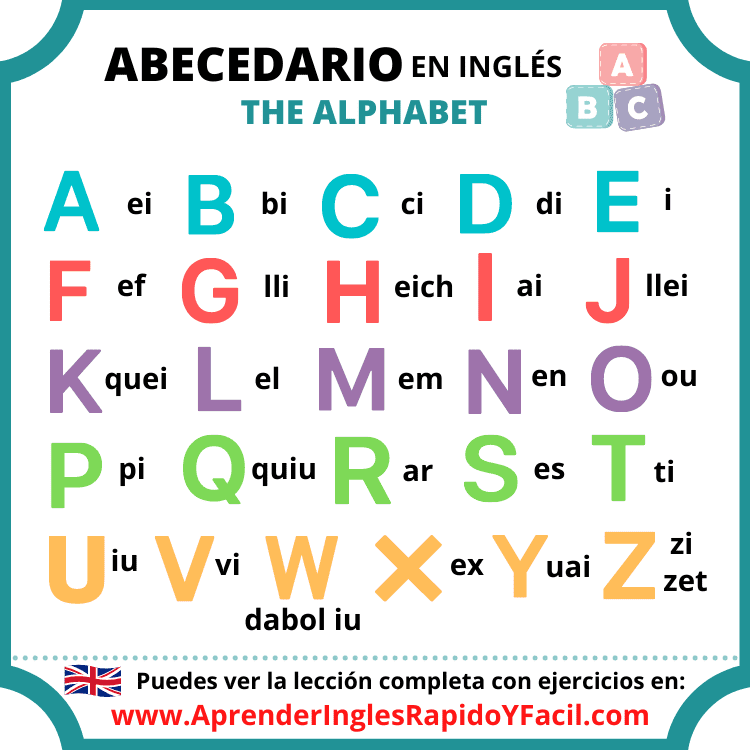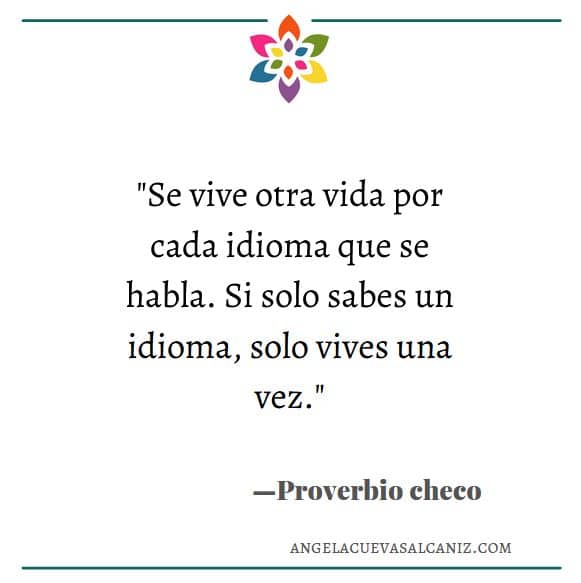
Good afternoon!
Some of you will ask me if I am an idiot this afternoon, bringing you a couple of videos and exercises to practice the alphabet in English, since, supposedly, it is the first thing we learn in English classes... Well, the fact is that it is Incredible how many people make mistakes with the alphabet, when spelling, etc. And it turns out that it is quite normal that, when having any type of conversation in English, at some point we are asked if we can spell our name, the city we are from, or even our address. And in oral exams it happens more often than we think, since it is one of the typical questions from levels A1 to B1/B2.
So here I am going to leave you a couple of videos so that you can practice the topic, along with some other practice exercises.
If you think you already have everything under control, go straight to practice and see how it goes. ????
Let's go there:
1… THEORY—The first video is for children. And before you start laughing, consider that These types of videos are specially designed to anchor the content in the child's mind.. The music, the colors... Everything is designed to make it last in the memory, and the melody helps us remember the content better - not by chance for millennia the news was "sung" from town to town, and the story was passed from generation to generation. in generation in the form of songs or romances.
So lend an ear. Oh, another thing that I liked about this video is that it also has a couple of sentences in between, and that we can read them while listening to them. Listening to music and at the same time reading the lyrics of the song in question is one of the best ways to learn languages. I'll tell you why in another post, but for now enjoy.
Oh, if you have puppiesTake advantage, call them, and sing together and do the exercises together. ????
Two birds with one stone and such. ????
2… THEORY—Once I've seen and sung this video, here's another one, with the British Emma. She is very nice.
Two things to remember:
1) To learn to pronounce a foreign language decently, you have to do, above all, a lot of theater. If you really want to make the most of this course, and learn English and pronunciation once and for all, you have to leave the shame waiting like a dog. With shame, the only thing we manage to do is have a bad drink and end up pronouncing like gañan@s, so you know: enjoy and try to imitate the sounds that Emma makes as much as you can. Pay attention to how he moves his lips, which is why he enlarges them in the video.
2) You can activate the English subtitles in the configuration, the gear wheel at the bottom right. This is something that we often forget, that in YouTube videos we have this option. This way you can follow Emma's explanations. And if you don't understand what it says, it's okay because here it is not relevant. The important thing is to start paying attention to the articulation of the words, so that from the beginning we learn their correct pronunciation.
Because? Because we tend to read too much and pronounce too little. Result? We understand written English, but we have problems understanding oral or expressing ourselves, because we do not know how to say the words.
By doing this from the beginning, regularly getting used to listening to what we are reading, we tackle this problem from the first moment.
3… THEORY—Here you have the English alphabet again, now with the phonetic transcription (more or less, ahem) next to it.

4… PRACTICE—And here are a couple of exercises to practice. The pages are in English, but remember that you should not have problems understanding them, especially if you already have the ImTranslator or do you use Chrome or Opera.
PRACTICE—A. Here we practice vowels. Listen and choose the appropriate vowel from the drop-down panel.
PRACTICE—B. Now we hear how They spell the names of different animals and we have to write them in the gap.
PRACTICE—C. Once the previous exercises have been done, we continue with names in English. Listen to how they spell them and write them. There is no need to differentiate between upper and lower case.
And how EXTRA, I leave you the original song to learn the English alphabet, with which all natives learn in English. As it is quite slow, here is another trick for YouTube: in the same configuration gear, increase the “Playback speed” to 1.75 or 2, which otherwise becomes very heavy.
I hope it has taken advantage of you.
Kisses, and good afternoon. ????





